Do input and output ports in VHDL behave like flip-flops, i.e. are they updated on a rising or falling edge of a clock? Here is an example of what I mean.
entity main is
port(
clk : in std_logic; -- FPGA clock
x : in std_logic; -- input signal
y : out std_logic -- sampled input signal
);
end entity main;
architecture RTL of main is
signal y_q : std_logic;
begin
y <= y_q; -- set the output
copy : process(clk, x) is
variable y_d : std_logic;
begin
y_d := x; -- continuously sample x
if rising_edge(clk) then -- synchronous logic
y_q <= y_d; -- update flip-flop
end if;
end process copy;
end architecture RTL;
The program above simply samples the input signal x, and sends it to the output y. The signal y_q is the sampled input signal x, whereas a sample is taken on every rising edge of a clock clk. However, I'm confused about the y signal - is that signal completely the same as y_q, or it is delayed by one clock cycle?
